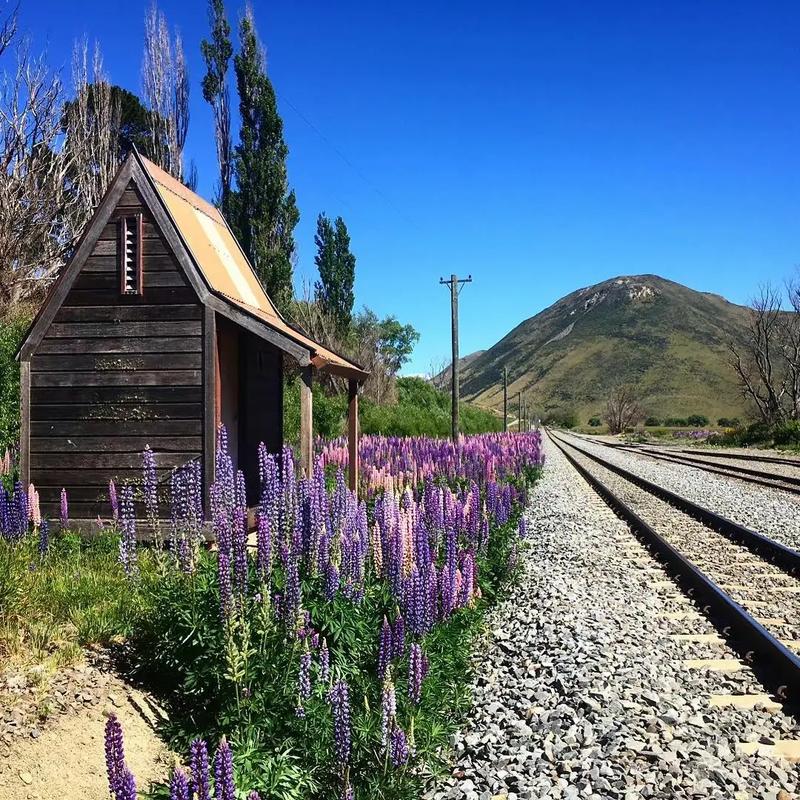Global Travel Information
Makgadikgadi Pans, Botswana
The Enigmatic Beauty of Makgadikgadi Pans, Botswana
Nestled in the heart of Botswana, the Makgadikgadi Pans form one of the most surreal and captivating landscapes on Earth. Stretching over 12,000 square kilometers, this vast network of salt flats is a relic of an ancient superlake that once covered much of Central Africa. Today, the pans are a mesmerizing expanse of cracked white earth, shimmering under the African sun, and a sanctuary for wildlife that has adapted to its harsh yet breathtaking environment.
A Geological Wonder
The Makgadikgadi Pans are remnants of Lake Makgadikgadi, a massive inland sea that existed millions of years ago. As climatic shifts caused the lake to evaporate, it left behind a sprawling salt pan—one of the largest in the world. The pans are primarily composed of two main flats: the Sua (or Sowa) Pan and the Ntwetwe Pan, surrounded by smaller depressions and grasslands.
During the rainy season (November to March), the pans transform dramatically. Water from the Boteti River and seasonal rains flood the flats, creating shallow lakes that attract thousands of flamingos, pelicans, and other migratory birds. The sudden burst of life in this otherwise barren landscape is nothing short of miraculous. In contrast, the dry season (April to October) turns the pans into an endless white desert, where mirages dance on the horizon and the silence is profound.
Wildlife Adaptations
Despite the extreme conditions, the Makgadikgadi Pans support a surprising array of wildlife. The region is home to one of Africa’s last great zebra migrations, where herds travel from the Boteti River to the grasslands surrounding the pans in search of fresh grazing. These zebras, along with wildebeests and other herbivores, are followed by predators such as lions, cheetahs, and hyenas, making the area a dynamic ecosystem.

One of the most remarkable inhabitants is the brown hyena, a rare and elusive scavenger that thrives in the arid environment. Unlike their more aggressive spotted cousins, brown hyenas are solitary and highly adaptable, often digging for moisture-rich tubers or preying on small animals. Another fascinating resident is the meerkat, which forms tight-knit colonies in the Kalahari’s fringes. Observing these social creatures as they stand sentinel or forage for insects is a highlight for visitors.
Cultural Significance
The Makgadikgadi Pans are not just a natural wonder but also a place of deep cultural importance. The San people, one of the oldest indigenous groups in Southern Africa, have lived in harmony with this landscape for millennia. Their knowledge of the land’s resources—such as water-bearing tubers and medicinal plants—has allowed them to survive where few others could.
Today, the San share their wisdom through guided walks, offering visitors insights into their hunter-gatherer traditions, tracking skills, and spiritual connection to the earth. Nearby villages of the Batswana people also provide glimpses into rural life, where cattle farming and salt harvesting remain vital livelihoods.
Adventure and Exploration
For travelers, the Makgadikgadi Pans offer unparalleled adventures. One of the most exhilarating experiences is quad biking across the endless salt flats, especially during the dry season when the surface hardens into a natural racetrack. The sensation of speeding across an unbroken white horizon, with nothing but the vast sky above, is both thrilling and meditative.
Another unforgettable activity is camping under the stars. With minimal light pollution, the night sky over the pans is a dazzling spectacle. The Milky Way stretches vividly across the heavens, and the silence amplifies the sense of solitude and wonder. Some luxury camps, like Jack’s Camp and San Camp, provide elegant tented accommodations that blend seamlessly with the environment while offering gourmet meals and guided safaris.
For those seeking a deeper connection with nature, walking safaris led by expert guides reveal the smaller wonders of the pans—from the intricate patterns of salt crystals to the tracks of elusive desert-adapted creatures. During the wet season, boat trips on the temporary lagoons provide close encounters with flocks of flamingos, their pink hues contrasting against the blue waters.
Conservation Challenges
While the Makgadikgadi Pans remain relatively untouched, they face growing environmental pressures. Climate change threatens to alter rainfall patterns, potentially disrupting the delicate balance between drought and flood that sustains the ecosystem. Human activities, such as mining for soda ash and salt, also pose risks if not managed sustainably.
Conservation efforts led by the Botswana government and local organizations aim to protect this unique landscape. Community-based tourism initiatives ensure that economic benefits reach indigenous populations while promoting responsible travel practices. Visitors are encouraged to minimize their environmental impact by sticking to designated paths, reducing water usage, and supporting eco-friendly lodges.
A Journey into the Infinite
The Makgadikgadi Pans are more than just a destination—they are an experience that lingers in the soul. Standing in the middle of the pans, surrounded by an unbroken horizon, evokes a profound sense of timelessness. It is a place where the earth meets the sky, where life persists against all odds, and where the raw beauty of nature leaves an indelible mark.
Whether witnessing the golden sunrise over the salt crust, tracking wildlife across the grasslands, or simply absorbing the vast silence, a visit to the Makgadikgadi Pans is a journey into one of the planet’s last great wildernesses—a reminder of the awe-inspiring power and fragility of our natural world.
相关文章
- Elbe River Archaeological Sites: Ancient Finds Near the Water
- Elbe River Botanical Gardens: Flowers & Plants Along the Banks
- Elbe River Zoos & Aquariums: Family Fun Near the River
- Elbe River Amusement Parks: Rides with River Views
- Elbe River Camping Spots: Pitch a Tent by the Water
- Elbe River Glamping Sites: Luxury Camping Along the Banks
- Elbe River RV Parks: Stay in Your Camper Near the River
- Elbe River B&Bs: Cozy Accommodations with a Personal Touch
- Elbe River Hostels: Budget Stays for Young Travelers
- Elbe River Business Travel Guide: Meetings & Events Near the Water
发表评论
评论列表
- 这篇文章还没有收到评论,赶紧来抢沙发吧~


